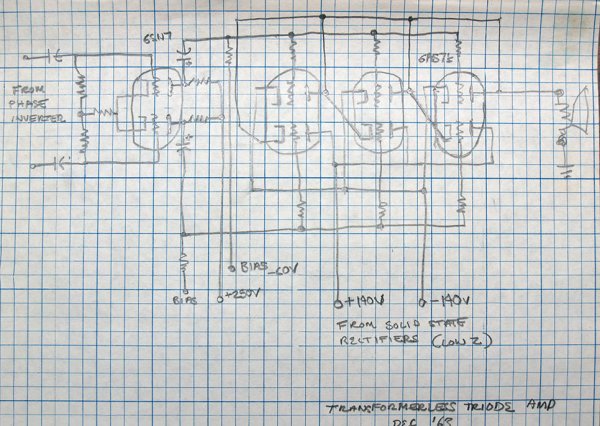About 30 years ago a company called Aphex came up with a distortion box for mix engineers. They called it the Aural Exciter, and its release was intentionally shrouded in mystery by Aphex. They wouldn't even sell the box. You had to rent it, and pay a per-minute license fee based on the length of the recordings it was used on! The first few years they even lied about what it does and how it works. They have since come clean, perhaps after someone else pulled back the curtain.
--Ethan
I was going to mention the Aural Exciter, but I'm glad you did. We worked with those in broadcasting. So many pop/rock/top 40 stations use them ahead of their Optimod 8100As and 8400s to add that extra crispiness that makes the FM signal stand out on the dial. Well, at least until every OTHER top 40 station added one to their chain.
The tube vs. transistor debate becomes a non-sequitur when operating within the design limits. The simple rule is not to overdrive an amplifier. Tubes have a great function inside of a Marshall 100 guitar amp, since that's where the unique property of the way a tube saturates and interacts with the output transformer and feedback/back EMF from the loudspeaker all comes into play.
Way back in the '60s, I experimented with getting rid of the output transformer on amplifiers. A good ultralinear audio transformer was something only the well-heeled could afford. So I knew I had to find a way to drive a speaker directly without a transformer. Using low impedance triodes (6AS7s) in a push-pull/parallel configuration, and with a split rail solid state power supply for a low source impedance, I came up with a configuration that would provide about a 16-ohm output. I didn't have the money for more 6AS7s, and if I did, I feel confident I could have gotten it down to 8 or even 4 ohms for better damping. The amp was essentially flat from 10Hz to 250KHz and could pass a clean square wave from my Precision signal generator.
I found my old file drawer with the 'ancient' schematics and here's the driver and output stage config. I don't know what happened to the previous stages.. I think I had a 6SN7 phase inverter and a 6SL7 preamp stage on another sheet that seems to be lost...

This amp was a lot of fun and I had it driving my 18" McMurdo Silver electro dynamic speaker and a Bozak tweeter array and it was the cat's meow back in those days.







